This post is a follow up both to last month’s, where I bemoan the aggravation of landing at other airports, and November 2020, where I posit the idea that flying in the Alps really isn’t that dangerous. I seemed to have turned both ideals on their head in one afternoon of flying.
As noted previously, there is a reality that Swiss airports require a filing either of a flight plan or a “flight notification” indicating details where one is going. Non-towered airports tend to have a PPR (“prior permission required”) requirement, where one has to file similar data in advance and receive a written reply granting permission to fly. Given that I tend to associate freedom with aviation, I find it stressful to determine that I will fly somewhere at precisely a certain time on a certain day, and to decide that sufficiently in advance to get approval. I think it is a ridiculous affront to the very concept of the freedom of private aviation in domestic, uncontrolled airspace. But who am I, but an ignorant foreigner spouting such ideas?
Anyway, Wangen Airport, on the shores of the Zurichsee, solves the PPR problem by requiring visitors to phone in and listen to a recording in German. Done. Incoming and outgoing documentation is solved with a self-service terminal in the C office, which works anytime airport operating hours indicate it is open, whether or not attended. Done. There remains the pesky matter of fuel. Can I fuel and pay, during airport hours, if not attended? An email went unanswered, so I googled and found a flight school on the airport, called, and eventually spoke with a flight instructor. He explained that the airport is always attended on weekends, though hit or miss during the week, and suggested that I text if I plan on coming during the week, to see if he will be there instructing. While I may rail against the “system,” it is often true that pilots in any country are a supportive bunch.
I eventually decided to come on a warm February Sunday afternoon. I was hoping to see the Glarus Alps, a section I had not yet viewed, and then refuel at Wangen, before returning to base. However, I made the boneheaded move to fail to notice in advance that my transponder inspection ran out at the end of January. Checking the Swiss AIP, I found that Mode S is required “in class E above 7,000 feet,” where Class E tends to be 2,000’ AGL and higher in the Alps. While most would think that 2,000 feet is enough, peak-to-valley elevation change can be as much as 12,000 feet, which means that one would have to do a bunch of yo-yoing through the Alps, which is untenable in a poky old Cub.
This is where I hatched the “brilliant” scheme to fly the foothill regions of the north side of the Alps. That changes this post from one about the vagaries of airport rules to one where I have upended my presumption that alpine flying is somehow not dangerous.
While it was a sunny day, there was a curious reality with regard to the weather. Upper-level winds up to 20,000 feet were not screaming. There was more than one high pressure zone firmly parked in Central Europe, with a 10 hPa (0.295 in hg) pressure differential between the southern and northern Alps, with higher pressure over Milan, Italy. For some reason, pressure did not want to relieve itself going up and over the Alps; rather, it was “pressed” down and squeezing through the deep valleys of Evionnaz, Grimselpass, Andermatt/Altdorf, Mollis, and Bad Ragaz. How does one know this? While winds at the Jungfrau were tranquil, they were 30kt gusting 40kt and higher in weather stations at the aforementioned points. While that seems frisky, these are weather stations at passes or valleys, where peaks of the Alps and the general entire area north of the Alps was almost calm. If one doubts the severity of what I am speaking of, the day before, my wife and I drove to Andermatt, where the same winds were blowing. The Obergoms Valley of Ulrichen had no wind. On the other side of the mountain in Andermatt, we saw a woman get blown over while walking. We attempted a “pleasant afternoon stroll in the Alps” and found interference walking on groomed snow-covered paths, got back in the car, descended toward Altdorf, and the wind disappeared.
In my “Is Flying in the Alps that Dangerous” post, I basically posited the notion that weather in the Alps is fairly predictable. If winds are excessive or a storm exists, don’t go flying. If it is docile and pleasant, supposing that the prop keeps spinning and one manages to not fly into the side of a mountain, then it generally works out fine. That all hinges on a fairly basic concept: that a pilot has a full grasp of existential dangers. As long as one is not surprised, then it’s fine.
I got surprised. Part of the problem was my self-imposed altitude limitation of 7,000 feet. I went west to east between Interlaken and the Jungfrau, over Grosse Scheidegg above Grindelwald, with no wind. As I flew along the massive rock face of the Grosses Engelhorn, I had a thought cross my mind: “You’re about to come out where this rock face ends abruptly into a wind funnel coming from Grimsel Hospiz.” I turned north toward Meiringen, just in enough time to get tossed around like Mr. Toad’s Wild Ride.
Assuming Sustenpass would be fine, I intended to continue eastward in the same geographic trench that I was already in. As I got to the other side of the wind funnel, airplane crabbing into the angry wind, I was tossed around much worse, even though I was on the windward side of Sätteli. Even perpendicular to the Triftgletscher, with the sizable Winterberg Massif supposedly blocking winds, I was riding an angry bronco, so I turned north and aborted where I took Brünigpass to Stans, crossing over a saddle south of Stanserhorn, to avoid Class D airspace (due to my transponder silliness). Did I mention that the frequency south of Meiringen, where I was getting the snot beaten out of me, was filled with airplanes at all sorts of altitudes, having a grand old time?
As I hugged terrain heading northeast, wind was tranquil again. It was fine crossing a saddle south of Buochserhorn, playing my game with 7,000-foot limitations. It was upon attempting to fly east along the southern shore of the Vierwaldstättersee, north of a small hill called the Zingelberg where I started riding the bronco again. I crossed the lake north, at 4,500 feet, now hugging the south slopes of Rigi Hochflue, getting beaten even worse. Now at maneuvering speed, sweating (might have something to do with OATs of almost 70F due to Chinook winds), and confused why I am riding this angry bronco, a low wing fabric airplane passes me on the right slowly, not experiencing an ounce of the misery I was. The stick flying in all directions, wings rocking left and right, and bouncing around, this other airplane sails on by without a care in the world!
“I’ll follow him,” I thought to myself, now going east over the lake. He climbed slowly, disappearing into the sky without a problem, so I thought I could do the same toward Mollis and the canton of Glarus. Wrong. South of Grosser Mythen, the turbulence began with a jackhammer like intensity. I brought the power back to 1500 RPM and slowed down, and things were not improving. Getting whacked by some errant air movement so hard I had to question “how well a 72-year-old airframe is going to put up with this,” I began a gentle turn to abort. Forget the Alps. I am escaping to the lowlands to the north.
Normally, turbulence is easier going with the wind. At 1500 RPM, gently proceeding north, 3,000 feet above rolling, gentle farmland, the inverse of the jackhammer occurred, where I suddenly found myself pointed nose virtually straight down and the airplane about 70 degrees to the side. The action was so violent that I pulled power to idle, went trim up, and rode the misery for another five minutes before it quit.
And then it was done. A beautiful day in Switzerland without any bumps. One can almost sense the cows chewing on grass peacefully below. Moo.
The strange thing is, while I can source a very limited wind funnel in various valleys of the Alps, I was 26.6 statute miles north of the worst of it (where the lady got blown over). Recall that the entirety of the alpine region had virtually calm wind readings, from summits to cities of the plateau to the north, with a few valleys with high wind readings. Other airplanes were filling the skies, enjoying a “wonderful” Sunday. Another airplane passed me, upwind of my misery, without any hint of distress. And yet, somehow, almost 27 miles from the wind funnel, I find myself in the tumble dry setting…
At this point, I was flustered. My mind began the taunts: “See. This is what happens when you land at other airports!” to which the other part of my mind replied with: “Knock it off! You’re 13nm from your destination. Just land there so you can get this neurosis out of your system!” One would think that a nearby airport in such circumstances would provide comfort, and yet I was still more traumatized by unknowns around paperwork then some very real and unpleasant wind. Literally, I prefer to fly at 16,000 feet above Mont Blanc in 50 knot winds, if I can land back at my base airport, than to try new airport procedures!
The landing at Wangen went fine, with roughly three knot winds. The airport attendant explained the source of my woes: “FOCA (Federal Office of Civil Aviation) wants their statistics.” I would imagine that Swiss pilots would be more than happy to dispense with the paperwork if they could, to which I wonder why nobody has either a) engaged FOCA to discuss this ridiculous overload of paperwork and intrusion of privacy or b) sued them under Swiss’ constitutional presumptions of privacy and freedom. Maybe they have and failed. Alas, that is for another day. One has to live through the infamous Föhn wind in order to then complain about the paperwork necessary for the flight.
So there, I have landed somewhere else, while experiencing the fourth most terrifying incident in the PA-11. Getting turned upside down in Virginia still takes the cake for number one, which is curious, as both of them were in mountains at very low altitudes on sunny days….
Climbing out approaching Lenk. A tad of wind.
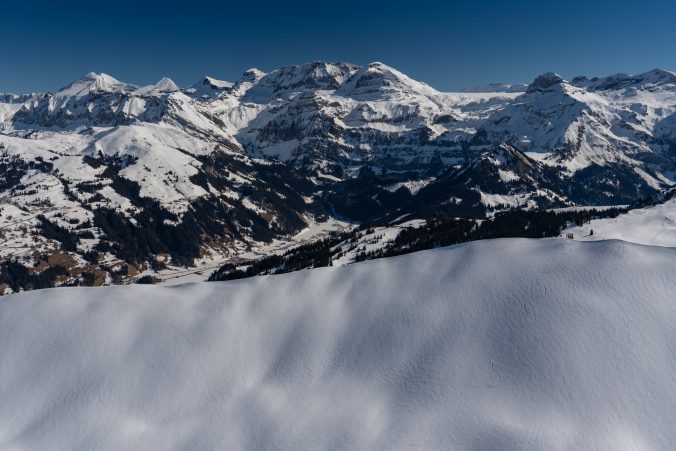
East of Frutigen, playing the “7000 foot game.” No wind.
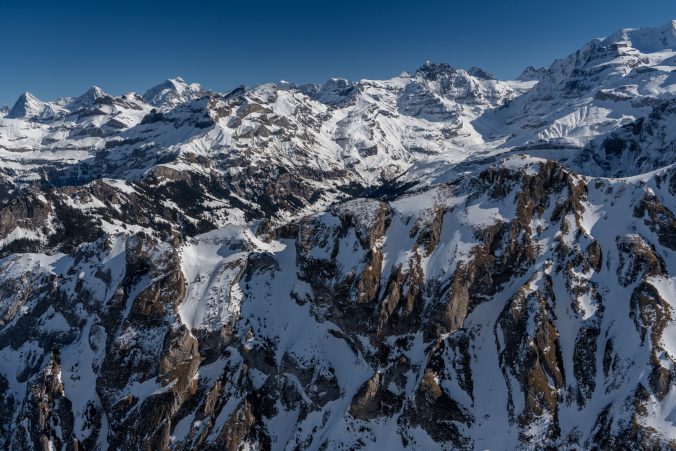
Thunersee to the north. No wind.
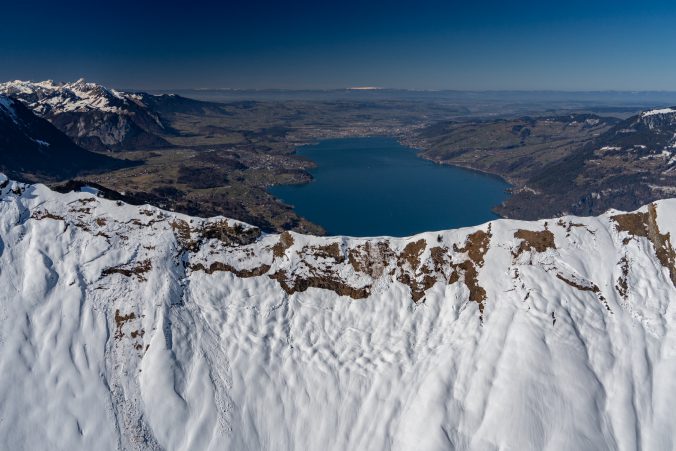
Mönch & Eiger in the distance. Shall I belabor the point that there was no wind?
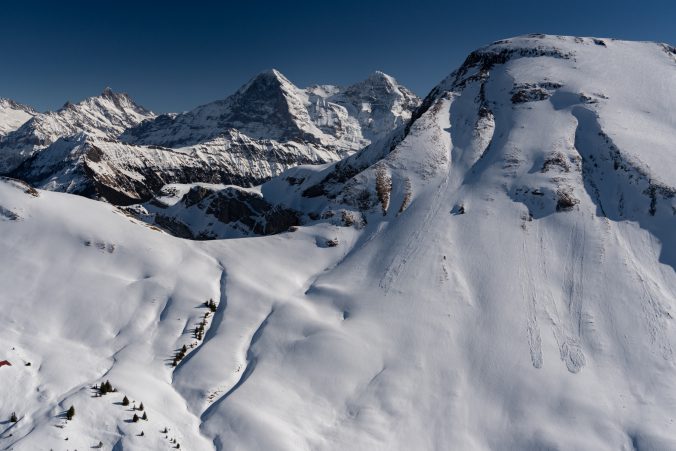
About to slink over Grosse Scheidegg at 7,000 feet or so.
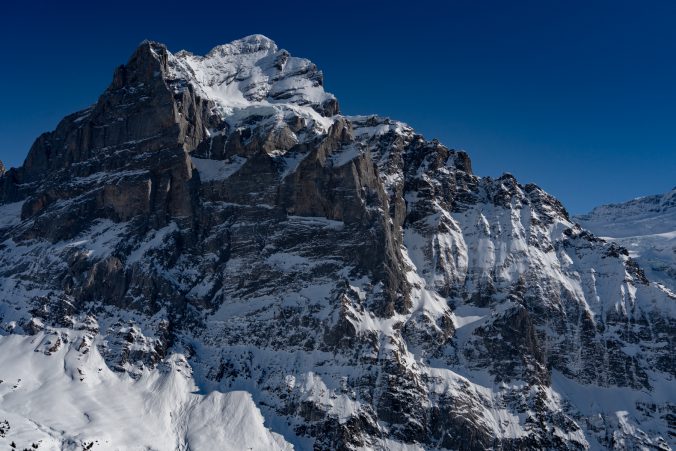
As this ridge sloped to the left, it occurred to me that the wind funnel from Grimsel Hospiz would be an abrupt problem.
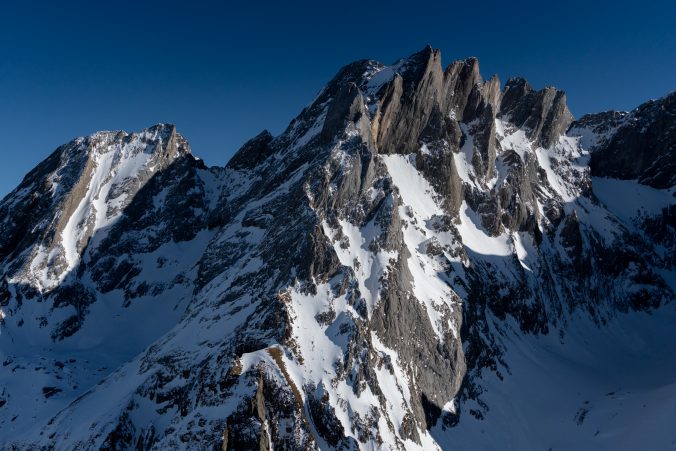
Tail between the legs, heading north to Brünigpass.
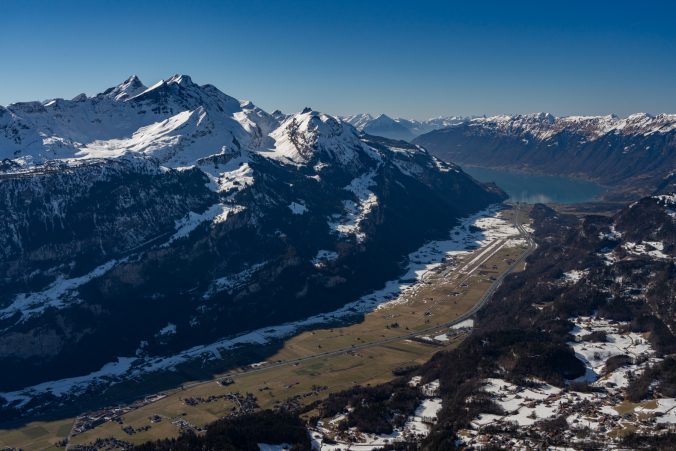
Vierwaldstättersee. Pilatus Mountain to the left. I was riding the bronco here.
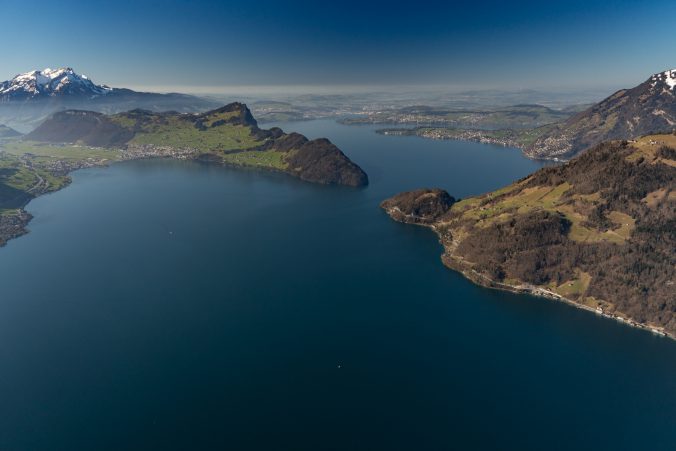
26 miles north of Andermatt, riding the bronco, after getting passed by an airplane that was in a bubble of tranquility.
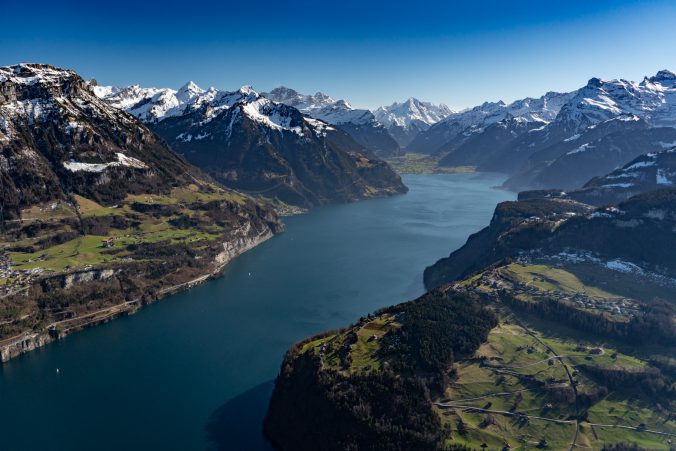
Lauerzersee. One minute after getting jackhammered.
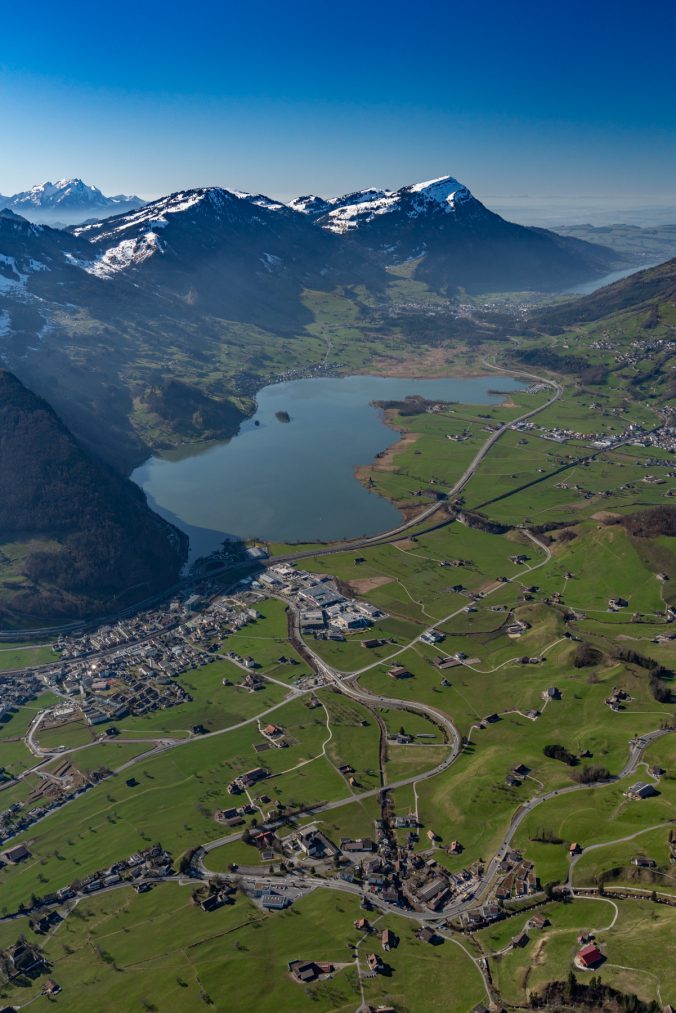
Entering the circuit at Wangen. Zürich on the far end of the lake.
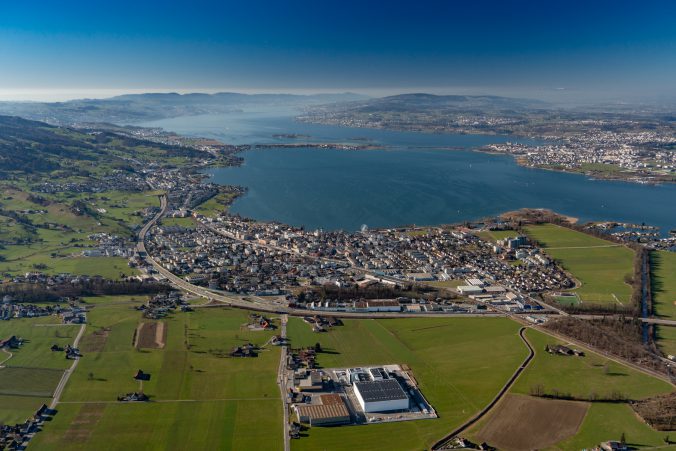
Swiss Appalachia. On the way back, well out of the Alps. No wind.
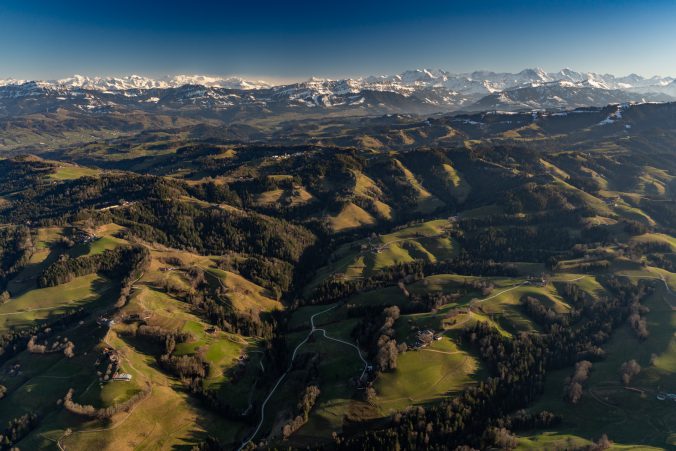
Thunersee. I went west to east beneath the largest peaks on the left without a problem, yet was in a similar scene as this over the Vierwaldstättersee and got trounced. The Föhn is clearly fickle.
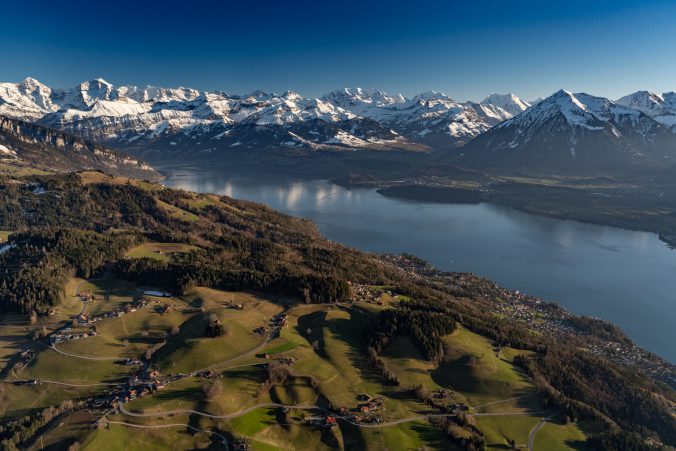
Book #29 is done: Cadí-Moixeró & El Pedraforca. These were favorites to fly over in the Pyrenees and have been monumentalized in print.



